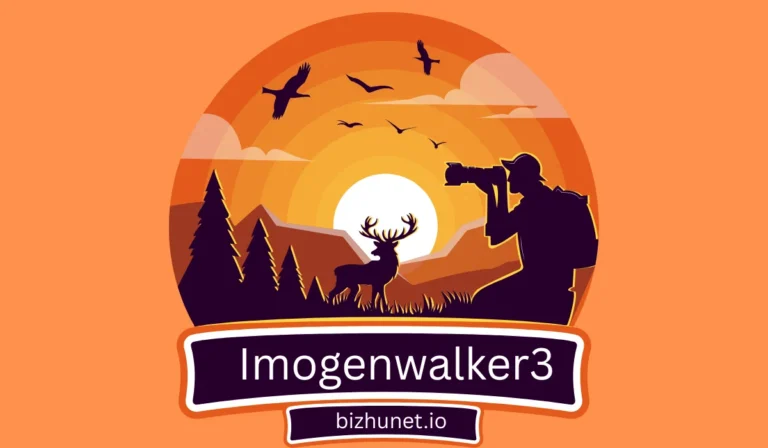How AI Is Changing the Way Brands Create and Manage Content
Artificial intelligence has become a defining influence in how brands create, refine, and share content. Marketing teams once spent weeks developing campaigns that might or might not connect with audiences. AI has changed that rhythm completely. Brands now use intelligent tools to generate ideas, build visuals, and test performance within hours. This shift allows creative teams to focus on storytelling instead of getting buried in repetitive tasks.
AI-powered solutions bring structure to creativity. They analyze audience behavior, uncover emerging trends, and guide writers and designers toward topics that matter most to their customers. The process of content creation thrives on a combination of human insight and machine intelligence.
1. A New Era of Smarter Content Strategies
AI is redefining how brands plan their content strategies. The guessing game around what might resonate with audiences has given way to precise, data-based insights. Predictive analytics reveal which topics, tones, and formats perform best for specific segments. Marketers use these insights to craft strategies that align with both audience expectations and business goals.
The result is a sharper understanding of what drives engagement. Brands can identify gaps in their messaging and fill them with content that feels valuable rather than promotional. Teams now collaborate more closely through AI dashboards that help coordinate efforts, track progress, and refine plans when new data appears.
2. The Role of AI in Modern Content Management
Managing digital content once involved hours of manual scheduling, formatting, and updating. AI has turned that process into something far more efficient. Intelligent content management systems bring automation into every stage of creation and distribution. With an AI-powered CMS, brands can streamline content creation, automate repetitive tasks, and deliver more personalized experiences to their audiences.
These systems also adapt to how users engage with content. They track performance across channels, recommend updates, and even optimize publishing times to match audience activity patterns. A marketer no longer needs to guess when to post or what headline will perform better, since the system offers actionable insights that lead to stronger outcomes.
3. How AI Fuels Creative Innovation
AI is emerging as a creative partner rather than a replacement for human imagination. Writers use it to brainstorm ideas, generate outlines, and refine copy. Designers rely on smart tools that assist with layout choices, color palettes, and visual themes. The time saved on routine work becomes space for creative exploration.
This collaboration between people and technology gives brands a competitive edge. Campaigns reach the market faster while maintaining originality. AI doesn’t write the story for a brand—it helps unlock new ways to tell it.
4. The Power of AI in Audience Understanding
Understanding the audience has always been central to good marketing. AI brings that understanding to a new level of precision. Machine learning tools examine vast amounts of behavioral data to uncover patterns that humans might miss. They reveal what motivates a customer, what topics catch their attention, and what kind of tone inspires trust.
These insights make personalization more natural. Instead of generic content that speaks to everyone, brands deliver messages that feel tailored to individual preferences. A loyal customer receives value-driven updates, while a new visitor encounters content that builds awareness.
5. How AI Drives Content Performance
Performance no longer depends on guesswork or outdated analytics. AI continuously monitors how content performs across platforms and provides clear, actionable feedback. Algorithms highlight which formats attract clicks, which headlines hold attention, and which topics generate meaningful interactions.
Marketers can use these insights to refine campaigns in real time. Adjustments happen quickly, helping brands stay ahead of changing trends and audience behavior. The ability to track and respond instantly gives AI-driven marketing a level of agility that manual processes can’t match.
6. Managing Multichannel Content with Ease
The number of channels where brands share content has expanded rapidly. Websites, social platforms, email campaigns, and mobile apps all demand consistent messaging. AI simplifies that complexity. It organizes publishing schedules, adapts formats for different platforms, and ensures every post maintains the same voice and visual identity.
AI-driven systems also understand how audiences behave across channels. They track which platforms generate the most engagement and how each piece of content contributes to the customer journey. This knowledge helps marketers allocate resources wisely. Instead of spreading effort evenly across every channel, they can focus on where the audience is most active. The outcome is smoother coordination, reduced workload, and stronger overall impact.
7. Collaboration That Brings Teams Together
AI enhances teamwork by connecting different departments through shared data and insights. Content creation often involves marketers, designers, writers, and product specialists working toward a common goal. AI tools make that collaboration more organized. Dashboards show which assets are performing well, what topics need attention, and how campaigns align with brand objectives. Everyone works with the same information, reducing duplication and confusion.
Team communication becomes more focused because AI handles much of the background analysis. Writers receive suggestions for high-performing keywords, while designers get feedback on visual consistency. Managers monitor campaign health without digging through complex spreadsheets. Each team member contributes with clarity, supported by data that informs rather than overwhelms.
8. The Road Ahead for AI and Brand Storytelling
AI continues to evolve rapidly, bringing new opportunities for creative expression. Future systems will interpret context, tone, and emotion with even greater sensitivity. They will recognize nuances in language and sentiment, allowing brands to communicate in ways that feel more human and responsive.
The future of AI in content creation points toward real-time adaptability. Brands will be able to adjust messages automatically based on user behavior at that very moment. A visitor browsing a product page might see content that responds to their interests or location instantly. This level of personalization will make digital experiences feel natural and intuitive.
AI has evolved beyond a simple tool and now serves as a true partner in how brands communicate. It strengthens planning, simplifies management, and refines creative output with precision. The power of AI lies in its ability to handle complexity, freeing humans to focus on imagination, empathy, and vision.
Brands that embrace this partnership are finding fresh ways to tell their stories. They produce content that feels authentic, timely, and consistent, supported by data-driven insight. Creativity and intelligence no longer exist on separate sides of the marketing process. AI provides the structure, humans provide the soul, and that combination defines the new standard for exceptional content.






